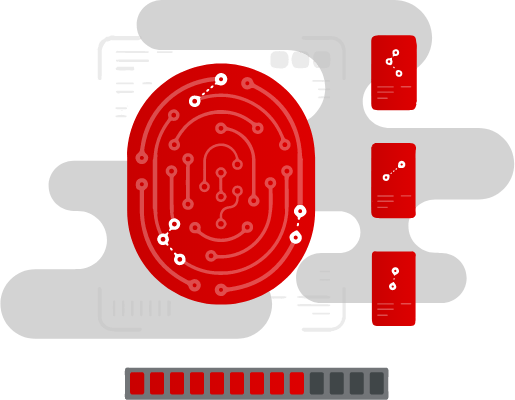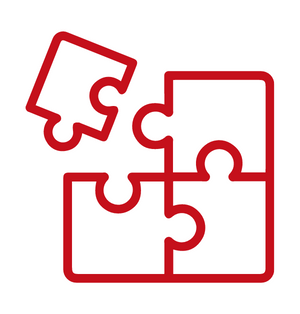Database management systems (DBMS) are software systems used to store, retrieve, and run queries on data. A DBMS serves as an interface between the end user and the database and allows users to create, read, update, and delete data in the database.
The DBMS manages the data, the database engine, and the database schema, allowing users and other programs to manipulate or extract data. This helps ensure data security, data integrity, concurrency, and uniform data management practices.
A DBMS optimizes data organization according to a database schema design technique called normalization, which divides a large table into smaller tables when any of its attributes have redundancy of values. A DBMS offers many advantages over traditional file systems, including flexibility and a more comprehensive backup system.
Database management systems can be classified based on various criteria such as data model, database distribution, or number of users. The most common types of DBMS software are relational, distributed, hierarchical, object-oriented, and network-based.


A distributed DBMS is a set of logically linked databases distributed over a network that is managed by a centralized database application. This type of DBMS synchronizes data on a regular basis and ensures that any change to the data is universally updated in the database.

Hierarchical databases organize model data into a tree structure. Data storage is in either a top-down or bottom-up format and is represented by a parent-child relationship.

The network database model addresses the need for more complex relationships by allowing each child to have multiple parents. Entities are arranged in a graph that can be accessed through several paths.

Relational Database Management Systems (RDBMS) are the most popular data model due to their user-friendly interface. It is based on the normalization of data in rows and columns of tables. This is a viable option when you need a data storage system that is scalable, flexible, and capable of managing a wealth of information.

Object-oriented models store data in objects instead of rows and columns. It is based on object-oriented programming (OOP), which allows objects to have members such as fields, properties, and methods.
A wide range of database software solutions are available for database management, including enterprise and open source solutions.
Here are some of the most popular database management systems:
Oracle Database is a commercial relational database management system. It uses enterprise-scale database technology with a robust feature set right out of the box. It can be stored in the cloud or locally.
MySQL is a relational database management system that is commonly used in open source content management systems and on large platforms such as Facebook, Twitter, and YouTube.
SQL Server, developed by Microsoft, is a relational database management system built on Structured Query Language (SQL), which is a standardized programming language that allows database administrators to manage databases and query data.
For large organizations, databases contain critical record items that have complex logical relationships with myriad other data sets that grow with the number of users. As a result, organizations must proactively monitor, tune, and improve their databases to ensure high levels of performance.
Several key factors affect database performance, including system resources, workload, throughput, contention, and optimization. Without a database monitoring tool, it is difficult to accurately assess how each of these factors affects database performance and has a longer-term impact on both application and business performance.
Learn how AppDynamics helps with all types of database monitoring
How to choose the right IT Outsourcing? There are many companies on the market that offer the same range of services at similar prices.
Who should you entrust with the security of your systems? How to get security?
The first step to your satisfaction is to map your current technologies. Our experts will explain to you on the basis of a free IT audit,
what state your IT is in. We'll show you potential problems and present you with solutions. You have the opportunity to get to know us personally and make a no-obligation decision,
whether you want to work with us. Who are our long-term customers and why did they choose us? Read on.
ISO9001
ISO14001
ISO27001
ISO37001
Copyright © 2025 Všetky práva vyhradené